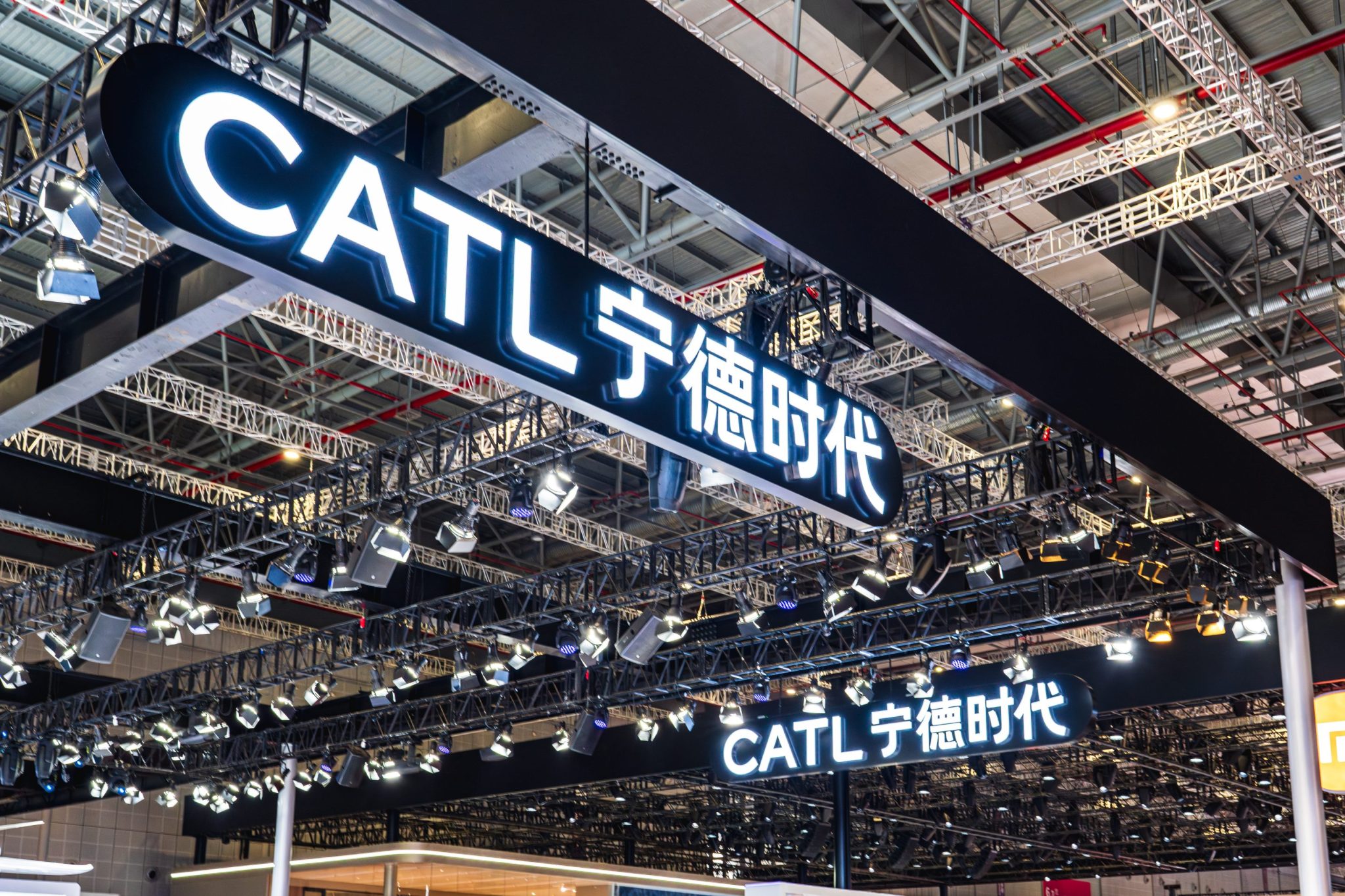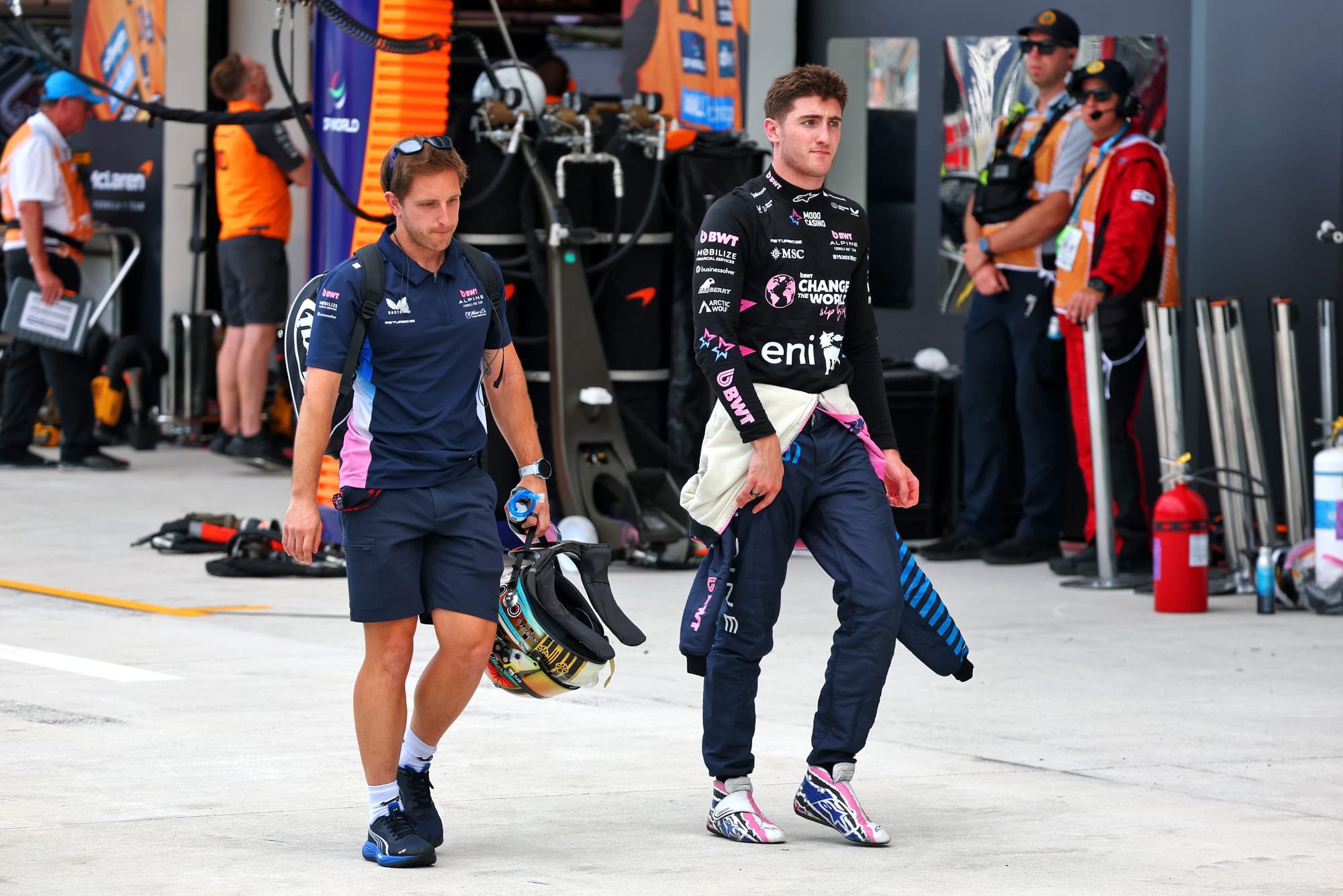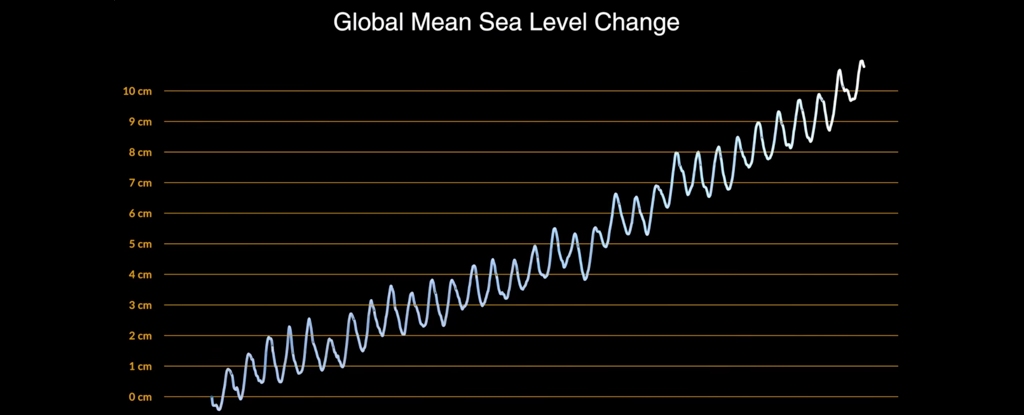What is fine-tuning in AI?
Fine-tuning in Artificial Intelligence (AI) refers to the process of taking a pre-trained model and adapting it to a specific task or dataset. Pre-trained models, especially large ones like GPT (from OpenAI) or BERT (from Google), are initially trained on massive datasets using general-purpose data. These models learn a broad understanding of language, patterns, or image features. However, for specialized tasks—like medical diagnosis, legal document analysis, or customer sentiment detection—fine-tuning helps the model learn domain-specific nuances. The process involves continuing the training of the model with a smaller, task-specific dataset while adjusting the model’s weights slightly. This method allows the model to retain its general knowledge while becoming more effective in the target domain. Fine-tuning is far more efficient than training a model from scratch, saving both computational resources and time. There are different levels of fine-tuning. Some approaches adjust only the final layers of the neural network (known as feature extraction), while others allow all layers to be updated (full fine-tuning). Techniques like parameter-efficient fine-tuning (PEFT), such as LoRA (Low-Rank Adaptation), are gaining popularity, especially for large language models, because they minimize the number of parameters updated. Fine-tuning is used in a variety of real-world applications, including chatbots, image generation, fraud detection, and more. It’s especially powerful in scenarios where labeled data is limited but high-quality outputs are essential. With the growth of open-source and pre-trained foundation models, fine-tuning has become a key skill for AI practitioners. To master techniques like fine-tuning, transfer learning, and prompt engineering, enrolling in a Generative AI certification course is highly recommended.

Fine-tuning in Artificial Intelligence (AI) refers to the process of taking a pre-trained model and adapting it to a specific task or dataset. Pre-trained models, especially large ones like GPT (from OpenAI) or BERT (from Google), are initially trained on massive datasets using general-purpose data. These models learn a broad understanding of language, patterns, or image features. However, for specialized tasks—like medical diagnosis, legal document analysis, or customer sentiment detection—fine-tuning helps the model learn domain-specific nuances.
The process involves continuing the training of the model with a smaller, task-specific dataset while adjusting the model’s weights slightly. This method allows the model to retain its general knowledge while becoming more effective in the target domain. Fine-tuning is far more efficient than training a model from scratch, saving both computational resources and time.
There are different levels of fine-tuning. Some approaches adjust only the final layers of the neural network (known as feature extraction), while others allow all layers to be updated (full fine-tuning). Techniques like parameter-efficient fine-tuning (PEFT), such as LoRA (Low-Rank Adaptation), are gaining popularity, especially for large language models, because they minimize the number of parameters updated.
Fine-tuning is used in a variety of real-world applications, including chatbots, image generation, fraud detection, and more. It’s especially powerful in scenarios where labeled data is limited but high-quality outputs are essential. With the growth of open-source and pre-trained foundation models, fine-tuning has become a key skill for AI practitioners.
To master techniques like fine-tuning, transfer learning, and prompt engineering, enrolling in a Generative AI certification course is highly recommended.














































































